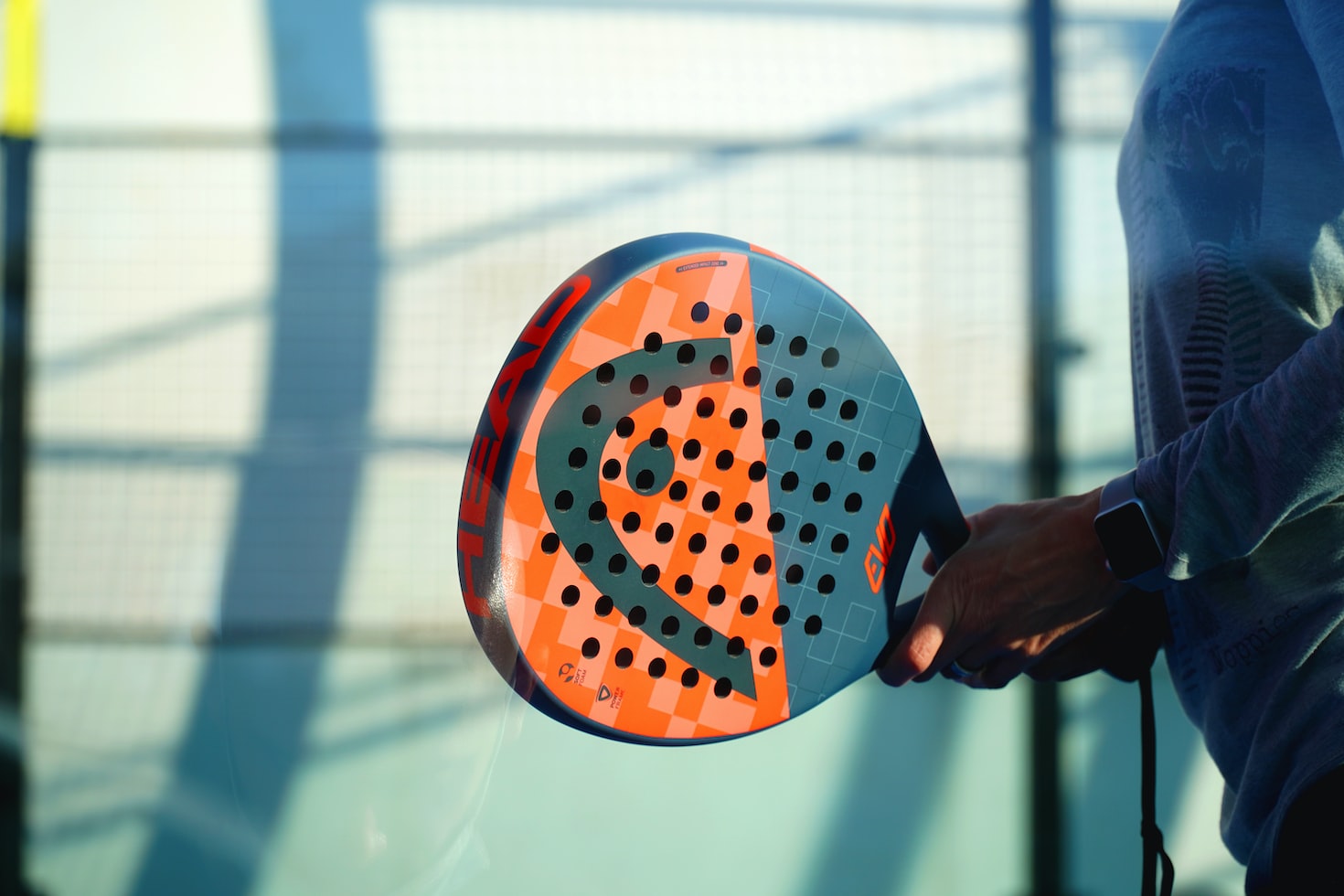Beginner’s Guide to Padel: Rules, Equipment, and Techniques
3 min read
Beginner’s Guide to Padel: Rules, Equipment, and Techniques
Welcome to the world of padel, a captivating sport that combines elements of tennis and squash to create an exciting and fast-paced game. If you’re new to padel or simply curious about the sport, this beginner’s guide is your ticket to becoming well-versed in the rules, equipment, and techniques of this thrilling game. So grab your racket and let’s dive in!
Understanding the Rules
Before stepping onto the padel court, it’s essential to familiarize yourself with the rules. Padel is played on a small, enclosed court with glass walls and a net in the middle. The game is usually doubles, played with either four players (two on each side) or mixed pairs.
The serve is performed underhand, and it must bounce once in the opposite service box, just like in tennis. After the serve, the ball can be played off the walls, making for exciting and unpredictable rallies. You can switch positions with your partner freely, adding an element of strategy to the game.
Gearing Up with the Right Equipment
When it comes to padel, having the right equipment can greatly enhance your game. Here’s a breakdown of the essential gear:
- Racket: Padel rackets are similar in shape to tennis rackets but have perforated surfaces and no strings. They are slightly shorter and lighter than tennis rackets, offering better maneuverability.
- Balls: Padel uses a low-pressure ball with less rebound than a tennis ball, allowing for more control and longer rallies.
- Shoes: Opt for padel-specific shoes that offer good traction on various court surfaces. They are designed to minimize the risk of ankle injuries, as quick direction changes and sudden stops are common in the game.
Mastering Padel Techniques
Now that you’re familiar with the rules and well-equipped, it’s time to hone your skills on the court. Here are some essential techniques to get you started:
- Serve: Start with a low and steady underhand serve that hits the ball right after its first bounce. Aim to place the serve deep into the opposite service box, forcing your opponents into a defensive position.
- Volleys: Padel is known for its volley game. Practice your reflexes and hand-eye coordination to be ready for those quick exchanges at the net. Remember to keep your wrists firm and relaxed while adjusting your position based on your partner and opponents’ shots.
- Use the Walls: Embrace the unique aspect of padel by using the walls strategically. Mastering wall shots helps you keep the ball in play and create unexpected angles, catching your opponents off guard.
- Tactical Play: Communicate and coordinate with your partner to develop effective tactics and game strategies. Switch positions whenever it offers better coverage or advantage over your opponents.
Remember, practice makes perfect, so make sure to spend ample time on the court refining your skills and enjoying the game.
Conclusion
As you embark on your padel journey, keep this beginner’s guide in mind as a valuable resource to enhance your understanding and enjoyment of the sport. Stay enthusiastic, embrace the unpredictable nature of the game, and don’t forget to have fun! Padel offers a unique blend of athleticism, strategy, and team play that will keep you coming back for more. So grab a racket, join a padel club, and experience the thrill of this fantastic sport firsthand!






